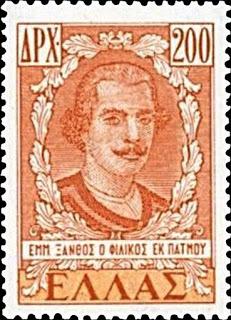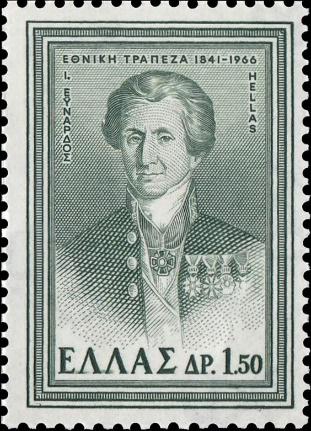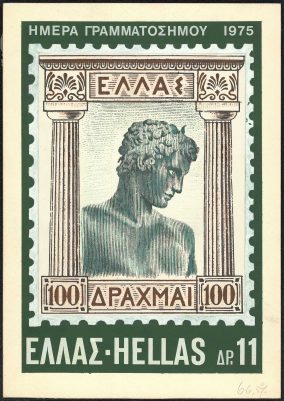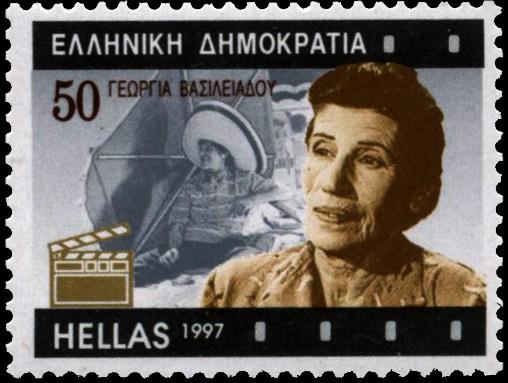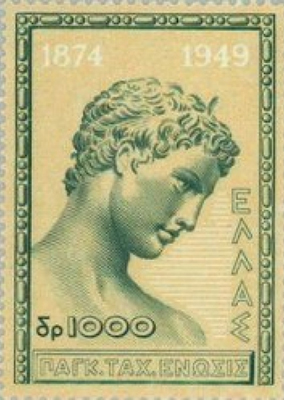Exhibit of the month
8th NOVEMBER, 1977 THE DISCOVERY OF THE TOMB OF PHILIP II IN VERGINA

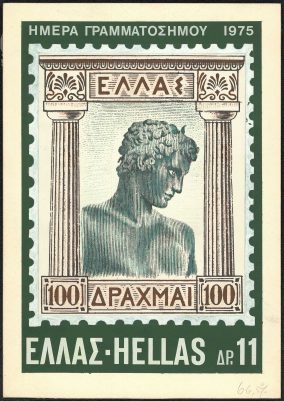
Stamp of the year 1992, class of 80 drachmas from the Commemorative Edition “Macedonia was and is Greek”
Exhibit's History
Design: Παναγιώτης Γράββαλος, Β. Κωνσταντινέα Printing: «Μιχ. Α. Μοάτσος», Πολυχρωμία Perforation: 13 Tirage: 2.000.000 ΠFirst day of release: 17th July Today's village of Vergina at Imathia Prefecture was the first ancient capital of the Macedonian Kingdom, Aegae, "the place with many herds" and the seat of the Temenid kings who reigned from the middle of the 7th-4th c. B.C. The best well-known family members were Philip II (382-336 BC) and Alexander the Great (356-323 BC). In Vergina, on 8th November 1977, the most important archaeological discovery of the 20th century in Greece came to light. Professor at the University of Thessaloniki, Manolis Andronikos and his team excavated a two-room vaulted chamber in the Great Tomb area, recognized as the tomb of the Macedonian king Philip II. The great surprise of Professor Andronikos was that the tomb was unlooted and contained valuable royal grave gifts. Thus, came to light the famous golden larnax (coffin) with the lion feet that bear the sixteen-pointed sun or star - a symbol of the Macedonian dynasty where, inside, there were the cremated remains of the king, topped with an intricately woven golden diadem in the shape of a wreath with golden plates of leaves and acorns; a more miniature larnax with a twelve-pointed star; a bronze shield and bronze leggings; silver vessels and copper utensils. The tomb also featured a fresco depicting a hunting scene that may have been the favourite pastime of the deceased
Older Exhibits
Stamp of the year 1992, class of 80 drachmas from the Commemorative Edition “Macedonia was and is Greek”
Stamp of the year 1950, class 1000 drachmas from the commemorative edition for the 75th Anniversary of the World Postal




